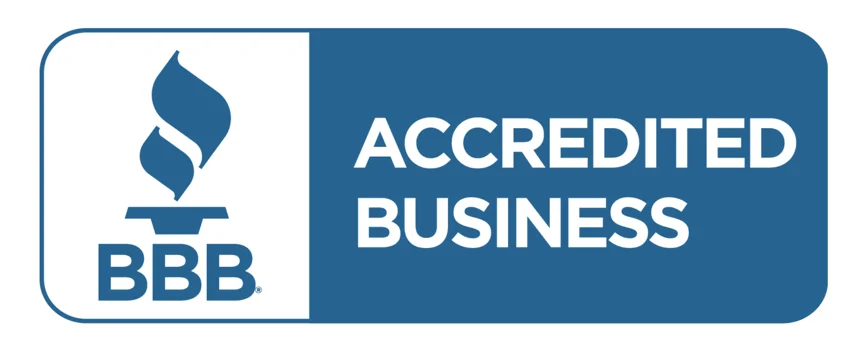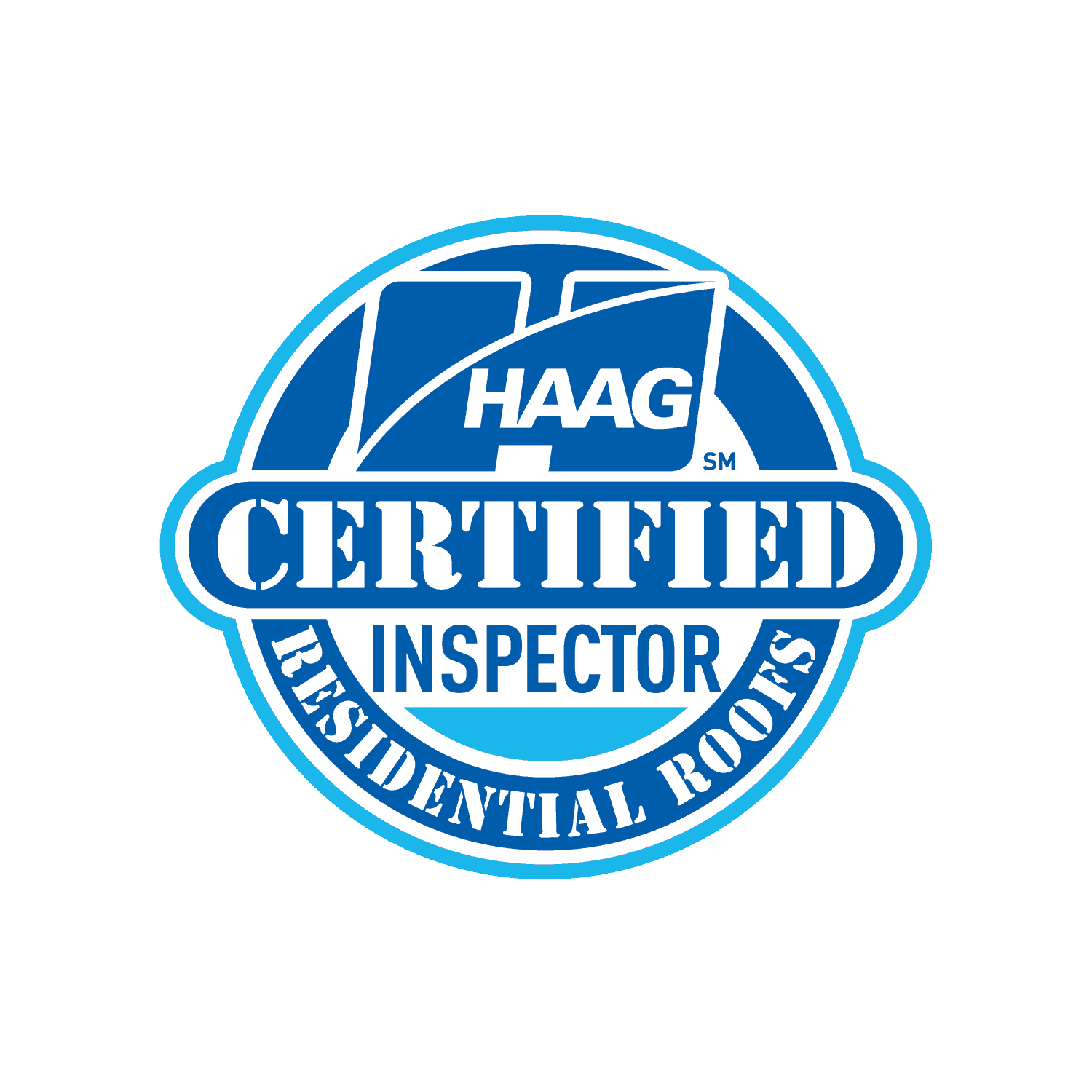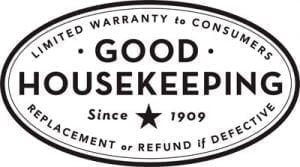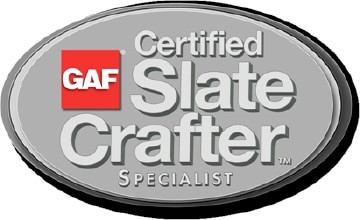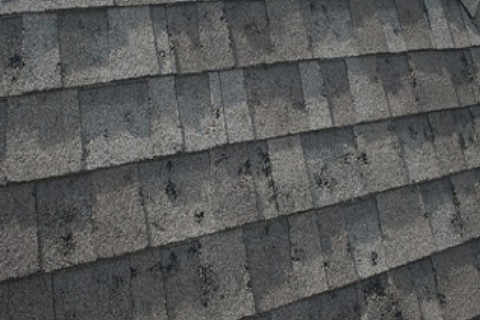
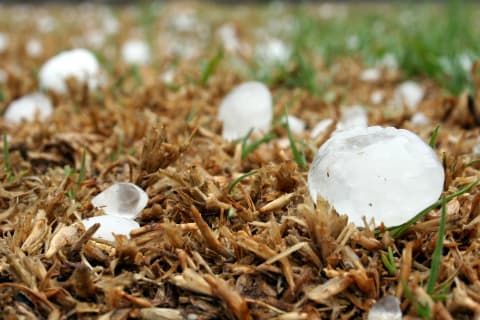
Service Overview
BBB A+ RATED - Master Elite & Select Shingle Master Contractor
Allcon Roofing offers no-obligation inspections. Our technicians are polite, experienced professionals who will provide you honest feedback on the condition of your roof and building exterior. We do not believe in high-pressure tactics—we provide you the report on our findings, an opinion on the worthiness of a claim, but leave the decision with you. Allcon Roofing has worked with thousands of Upstate homeowners and insurance adjusters, so we know what constitutes a legitimate claim. Let us assist you by making sure that all damage is detected and covered by your insurance company. Call (864) 552-1365 today.
It is imperative that you have a specialist assist you through the process. Hail damages more than just your roof, so we will inspect for all exterior damage of your roof, gutter systems, siding, windows, AC units, decks, grills, mailboxes, and any other item that could have sustained damage.
If you have damage, our specialists will assist you by advising you how to file a claim, then meeting with the assigned insurance adjuster to ensure the claim includes repair/ replacement of all damaged items. Once all repairs have been made, we will submit all required documentation to your insurance provider. Your insurance provider will release the balance of the claim to you as the homeowner. Only then will Allcon expect full and final payment.
“Storm chasers” are canvassing Upstate neighborhoods. But Allcon Roofing has been a local Upstate SC Better Business Bureau Accredited Contractor since 2007 and has an A+ rating. Allcon Roofing has an impeccable record with zero complaints, and we pride ourselves on delivering unparalleled service and quality no matter how big or small the job. We challenge you to put us to the test!
Hail Damage FAQs
When seasonal severe weather hits, it’s important that homeowners educate themselves about the various risks their homes and properties are vulnerable to. Hail from hailstorms, extreme thunderstorms, or even from tornados, can come in various shapes, sizes, and densities. The most severe hail can cause serious damage to your home, ranging from holes in your siding to broken glass. Nevertheless, no matter the intensity, hail still poses a threat to the strength of your roof shingles and siding. Below are some of the most common questions homeowners ask regarding hail damage.
Especially after a brutal storm, it’s highly recommended that homeowners contact a hail damage specialist for a thorough damage inspection of your property. There are different types of damages that can be recognized and detected only by trained eyes. Allcon Roofing has trained, professional staff who will conduct a detailed inspection of your home’s exterior, at no charge to you.
Once your home is hit by a storm, all damages must be recorded and documented as soon as possible. Don’t delay—call (864) 552-1365, and we will provide you with an honest and accurate assessment.
It’s very important that you properly inform your insurance company about the full extent of the damage. Take photographs so that you have an accurate testament of the damages and can be compensated for all covered losses. Allcon Roofing will provide a detailed explanation of the damages found.
Most standard homeowners insurance policies will protect you from losses if your roof is damaged by hail. Because severe weather is a known, common occurrence, these claims tend to be expected. Almost all insurance companies will not and cannot penalize an individual for this type of claim, also known as an “act of God.”
Unparalleled service & quality for jobs big and small
We work directly with your insurance company. Call (864) 552-1365 today!
What the Hail?
Misconceptions about homeowner’s insurance and hail damage.
“There is no getting around hail. It hits someplace—usually several places—every year in the United States,” says Joe Brennan, owner of Insurance Claims Group Inc. in Cary, NC.
According to the National Oceanic and Atmospheric Administration, hail causes an average of $1 billion damage to crops and property each year. Last year was an especially violent year, causing more than $2 billion in damage. When predicting how large a hailstone will become and how damaging a hail storm will potentially be, meteorologists say it all depends on the updraft.
An updraft is an upward blowing wind that won’t allow the rain to fall but holds it captive within the higher altitude of the clouds where the temperature is colder. For a raindrop, a thunderstorm is like being inside an out-of-control washing machine. Water droplets are thrust up and down, and if the agitation is severe enough, droplets soar so high they freeze. If the storm is violent enough, the droplets take that trip time after time, adding a layer of ice each. When a ball of ice becomes heavy enough (usually between ¼ and ¾ of an inch) it plummets to the ground as hail. After a free-fall from more than 30,000 feet, it hits your roof and everything else at more than 70 miles per hour.
For homeowners, hail is unavoidable. Hail coverage is different than hurricane coverage because hurricanes are more predictable. Because hurricanes routinely strike Florida, insurance companies don’t include wind damage from hurricanes in their homeowner’s policies. Instead, homeowners must buy an endorsement for wind damage. However, hail is much less predictable and can hit anywhere, which is why it is part of basic coverage in nearly all homeowners insurance policies.
The biggest question most homeowners have about hail coverage is how much. But the extent of damage is just as unpredictable as the hail itself. It usually comes down to is how big of deductible a homeowner has. “If your deductible is $1,000 and you don’t have $1,000 in the bank, then your deductible is too high,” says Brennan. While some policies offer a deductible that’s a percentage of the damage, Brennan doesn’t recommend it. “If you have $25,000 in damage, that could be $2,500 out of pocket to meet the deductible, and this doesn’t really save you all that much money.”
Anyone whose property is struck by hail needs to have professionals check to see if there is damage. Not all hail storms cause damage. Pea sized hail (1/4 of an inch) or marble-sized hail (1/2 inch) might not cause damage. Anything larger, such as a dime or a quarter (3/4 to one inch) can cause serious damage. Golf ball sized hail is 1¾ inches and softball-sized hail is 4½ inches according to NOAA. For perspective, hail has to grow to the size of a hen’s egg to dent a car, and hail that is half the size of a baseball can kill birds and animals.
Roof damage is the most difficult to detect because it may be two or three years before the homeowners begin to notice leaks. That discovery doesn’t come until well after the one-year period in which the policyholder has to file a claim, so have your house or other property inspected as soon as possible after a storm. “Before anyone goes up on the roof, find out what the inspection covers. He should make a drawing of the roof with ‘X’ marks for damage and he should take photographs,” Brennan says. Homeowners also should check window ledges for damage and siding. Vinyl siding will have holes while damage to wood siding isn’t as noticeable. If there are nicks in the siding it can cause splitting, which will lead to leaks.
Greg Raab, manager of integrated services at Adjusters International in Utica, NY, says that the first thing homeowners should do—even before a hail storm hits—is a complete review of their policy. “Make sure you have enough coverage. Nearly all policies cover hail, but with the changes taking place in the housing market and home values increasing, it’s important to make sure you have enough coverage.” Hail is part of common coverage that most homeowner policies cover. “Even so, most of our complaints come from consumers who are upset that their insurance isn’t covering the amount they thought it should.”
Tom Cipares, president of General Insurance Services in Michigan City, IN, says that hail is a common peril covered by most policies. He says it’s also part of most auto policies if the family car or van is dented during a hail storm. “It’s easier to see on a vehicle. If it’s dented, it’s got damage,” Cipares says. “But regardless of whether it’s a home or car, anyone with damage should file a claim.” Insurance companies know that every year there will be hail damage somewhere, and they prepare for it. Typically, your rates cannot be adversely affected if you file claim.
Brennan of Insurance Claims Group says that after a storm homeowners need to make sure they do a thorough inspection of their property. After a roof inspection make sure to check the garage, the tool shed, fences, the swimming pool and any other outdoor structures. “You’ve paid for protection, so if the 30-year shingles you put on your roof four years ago are damaged and need to be replaced, that’s 25 years of life from the shingles that you paid for and didn’t get. That’s why you have insurance and why you should file a claim.”
Hail Damage Hotline
Accreditations
